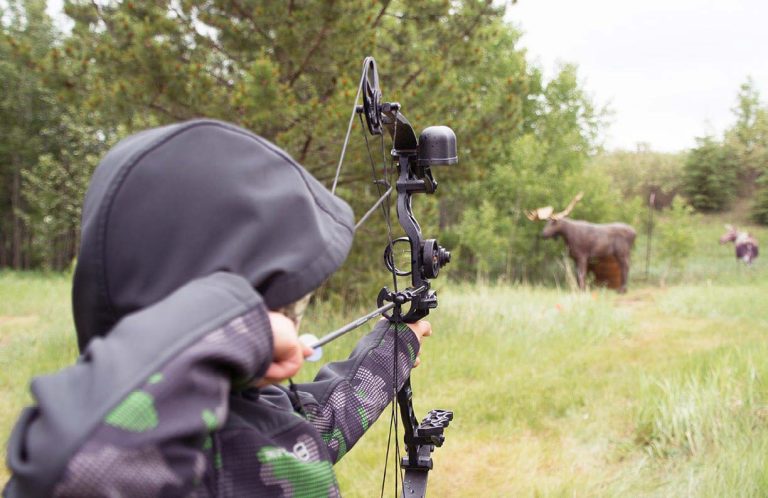Successful whitetail deer hunting includes the other 10 months besides October and November.
Whitetail deer are one of the most widely distributed and abundant big game species across North America, making them accessible to a large number of hunters. They are found in a variety of habitats, from forests to agricultural fields, and can be hunted in many different states and provinces. Whitetail deer can provide a challenging and exciting hunting experience. They are elusive and wary and require hunters to use stealth and patience to get within range for a shot.
Many hunters enjoy the challenge of hunting whitetail deer and the opportunity to test their skills in the field. Regardless of species, hunting is deeply rooted in North American culture and history. Many families have a tradition of hunting together, passing down skills and knowledge from generation to generation. Hunting is seen as a way to connect with the land, honor the natural world, and provide for one’s family. Some hunters are more serious than others, but regardless, Whitetail deer hunting is an extremely popular activity, but it requires careful planning and preparation to be successful.
In this article, we’ll explore what needs to be done each month of the year to prepare for whitetail deer hunting, from scouting and setting up stands to practicing marksmanship and using scent control. Whether you’re a seasoned hunter or a beginner, following these tips can help you improve your skills and increase your chances of a successful whitetail deer hunt.
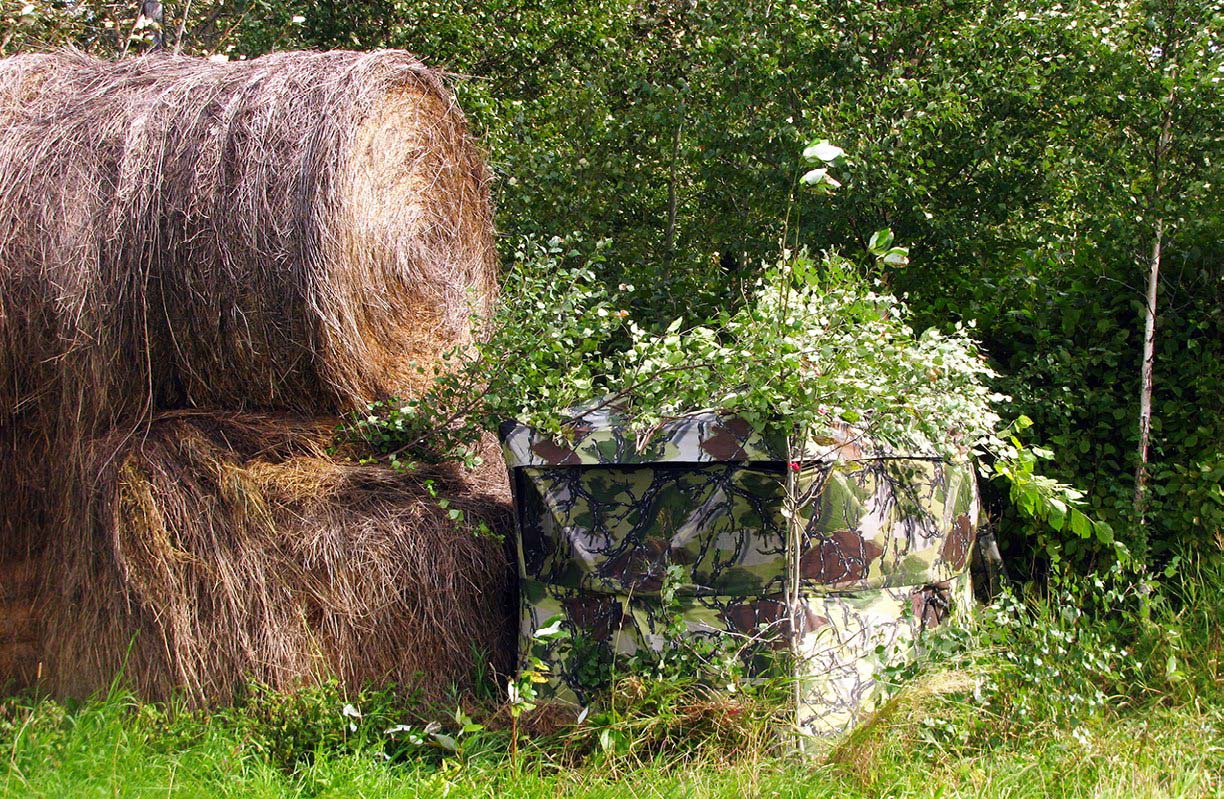
January
After the hunting season ends, it’s a good time to reflect on the previous season and plan for the upcoming one. Review your hunting logs, evaluate your equipment, and consider any changes or improvements you might want to make for next season. Work on habitat improvement projects, such as creating food plots, clearing trails, or setting up ambushing locations in the form of tree stands or ground blinds. Find a local antler scoring events and add them to your calendar. It’s always healthy to get out and talk with like-minded people about your passion for hunting whitetail deer.
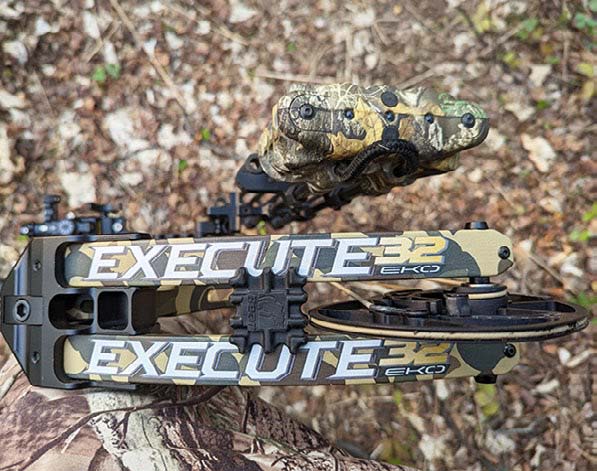
February
This is a good month to start scouting for deer sign. Look for tracks, rubs, scrapes, and other indicators of deer activity. Following trails will help you determine bedding areas used during the winter months, which could also be the same for does all season. Also, consider servicing any trail cameras that are still out in the woods monitoring deer movement and patterns or simply keeping inventory on bucks that made it through the season. Replace batteries, exchange SD cards and ensure the cameras are still working as intended. Make a list of application deadlines and add them to your personal organizing system so you don’t forget to apply. If you are planning on hunting a new area in the fall, digitally scout the area learning key landmarks and area to explore by walking or driving. Review any trail cam data you have for insights into area health and where you plan to concentrate your efforts next season.
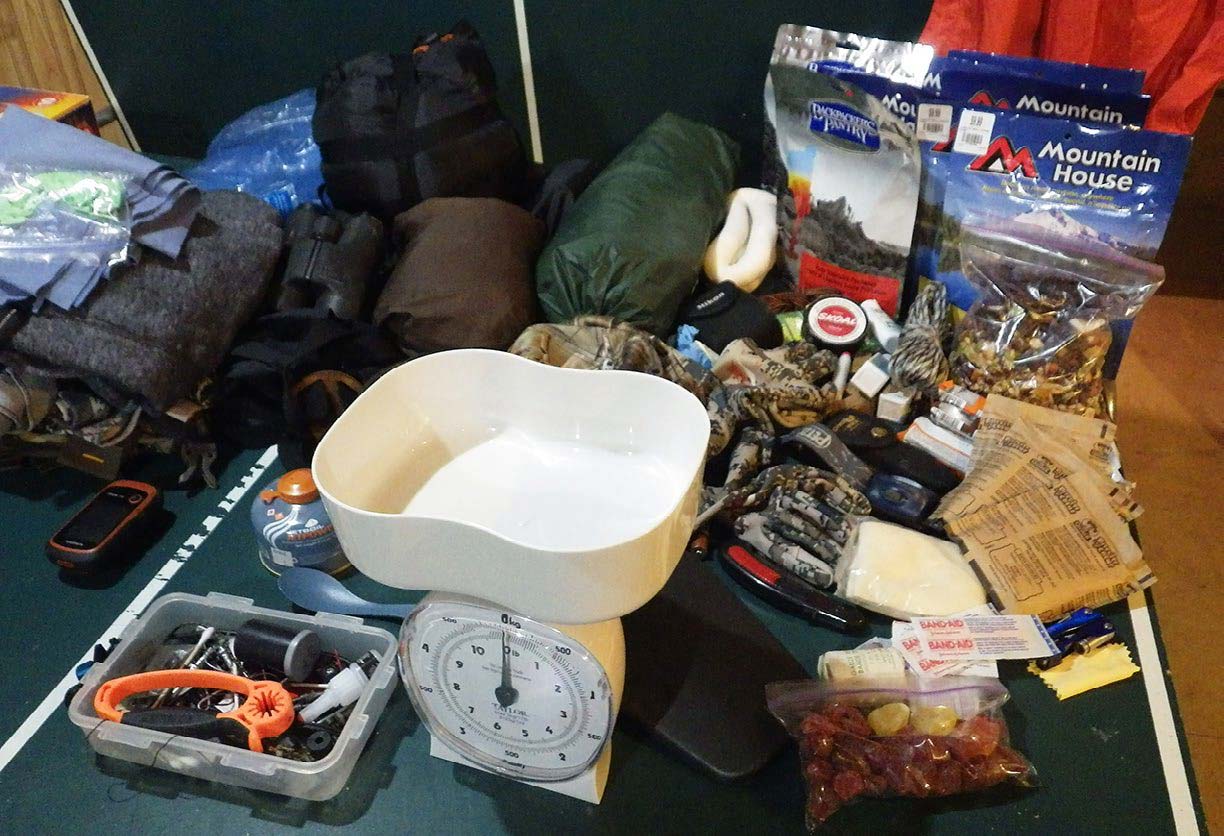
March
As the weather starts to warm up, it’s a good time to start preparing your food plots. Clear any debris or brush, till the soil, and begin planting your preferred food sources for deer. Many hunters fail to spend enough time scouting the area where they plan to hunt. This can lead to missed opportunities and decreased success rates. Scouting helps you learn the deer’s behavior patterns and find the best locations for stands or blinds, especially in new areas. Spend time in the field before the season begins, looking for signs of deer activity like tracks, rubs, and scrapes. Use this information to identify potential hunting locations and plan your approach. But by far, March is the key month to walk deer trails and areas looking for sheds.
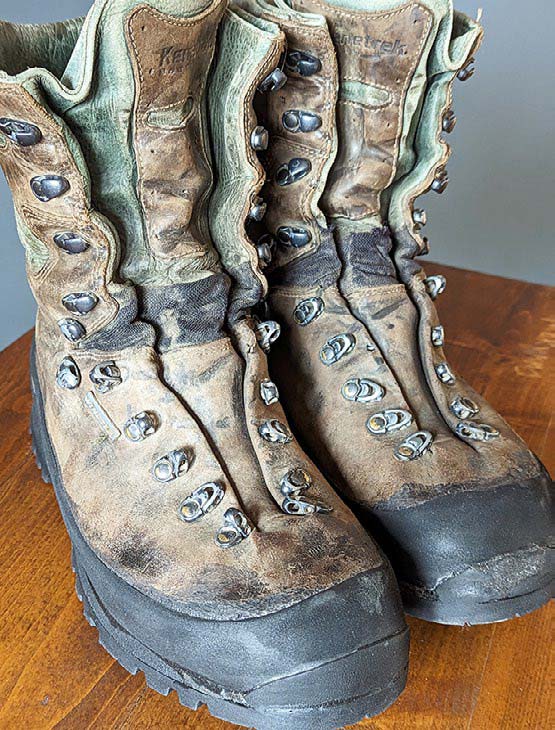
April
Continued scouting efforts include monitoring deer movement patterns as they transition from winter to spring habitats. April is a great month for field work and continuing to look for sheds. There aren’t very many flies just yet and the weather is still cool, ideal for walking and working. Consider setting up tree stands and ground blinds in strategic locations to maximize your chances of success, especially in any new areas. You should have received all your replacement gear that you ordered in January by now so it’s time to ensure it’s in good working order. Do any repairs required on your hunting gear or hunting location including tree stands. Practice shooting and ensure your equipment is in top condition. Also, consider setting up mineral sites to help pregnant does get the nutrients they need to carry their fawns to full term.
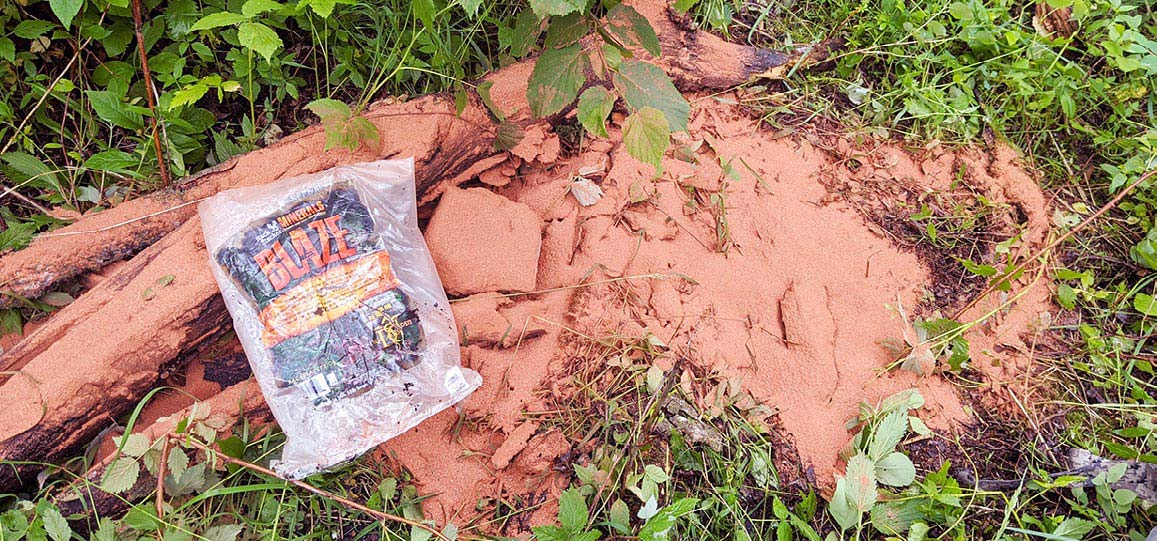
May
Food plot preparation is key for those using them, so this is the month to plant and manage food plots to attract deer during the hunting season including trail camera setup to monitor antler growth, age classes and patterns of feeding deer. May is a great time to start improving your physical conditioning if you haven’t been doing that all winter/spring long. Engage in physical activities to improve your endurance and stamina for the upcoming hunting season. As the vegetation starts to grow, it’s important to keep your food plots maintained. Consider spraying herbicides to control weeds and fertilizing to promote healthy growth. Hunting is a skill that requires practice to maintain proficiency. Many hunters fail to practice their shooting skills regularly, which can result in missed shots and wounded deer. Hunters should practice regularly at the range and in simulated hunting scenarios and May’s weather is similar to October so it’s a good time to do it. If you have never been to an archery 3D shoot, consider going as they are tons of fun with like-minded bowhunters and archers.
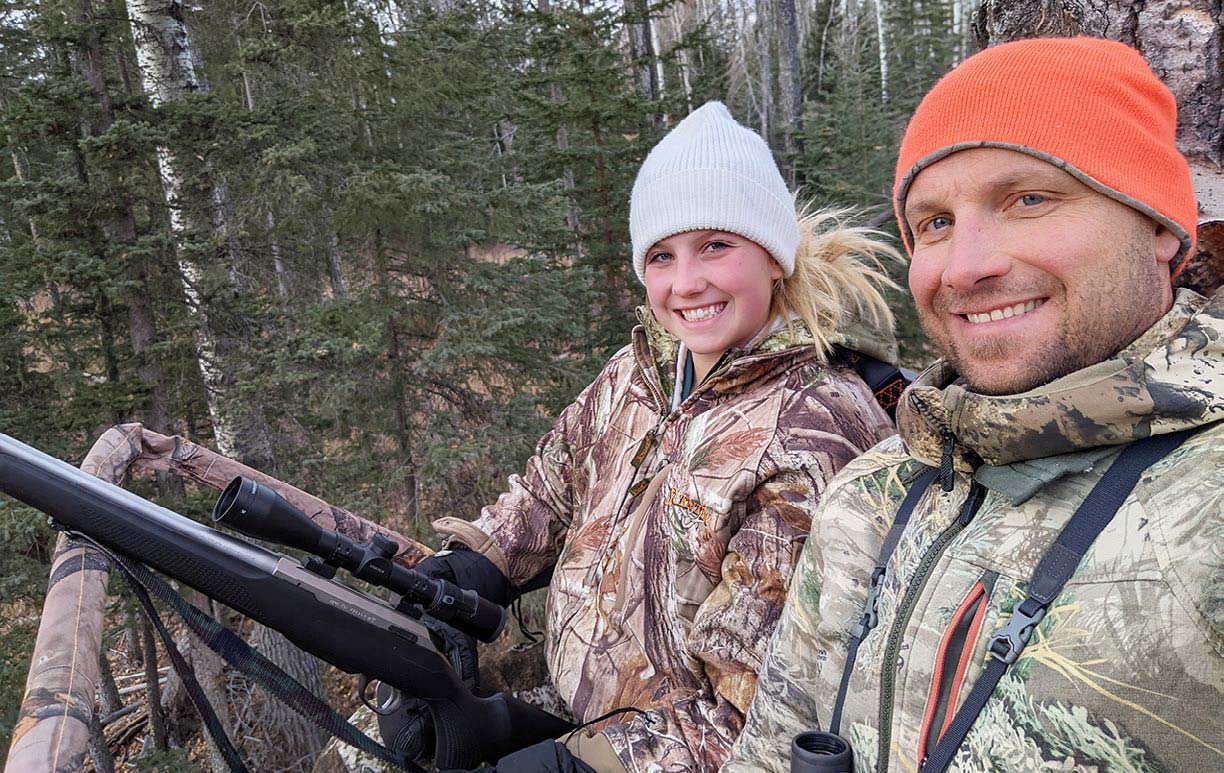
June
If there ever was a month to stay out of the woods, it’s June. Go fishing! Fawns are giving birth this month and you want to leave them alone as much as possible. Instead, consider practicing your marksmanship and shooting skills to ensure you’re prepared for the upcoming season. Furthermore, read hunting magazines and books, and watch instructional videos to learn new techniques and tips. With practice and dedication, you can become a skilled and successful whitetail deer hunter. Learn and understand the habits and behavior of whitetail deer, I guarantee it’ll improve your hunting success. Learn about their feeding and bedding patterns, how they move through the landscape, and what factors influence their behavior. Whatever you do, stay far away from your hunting area.
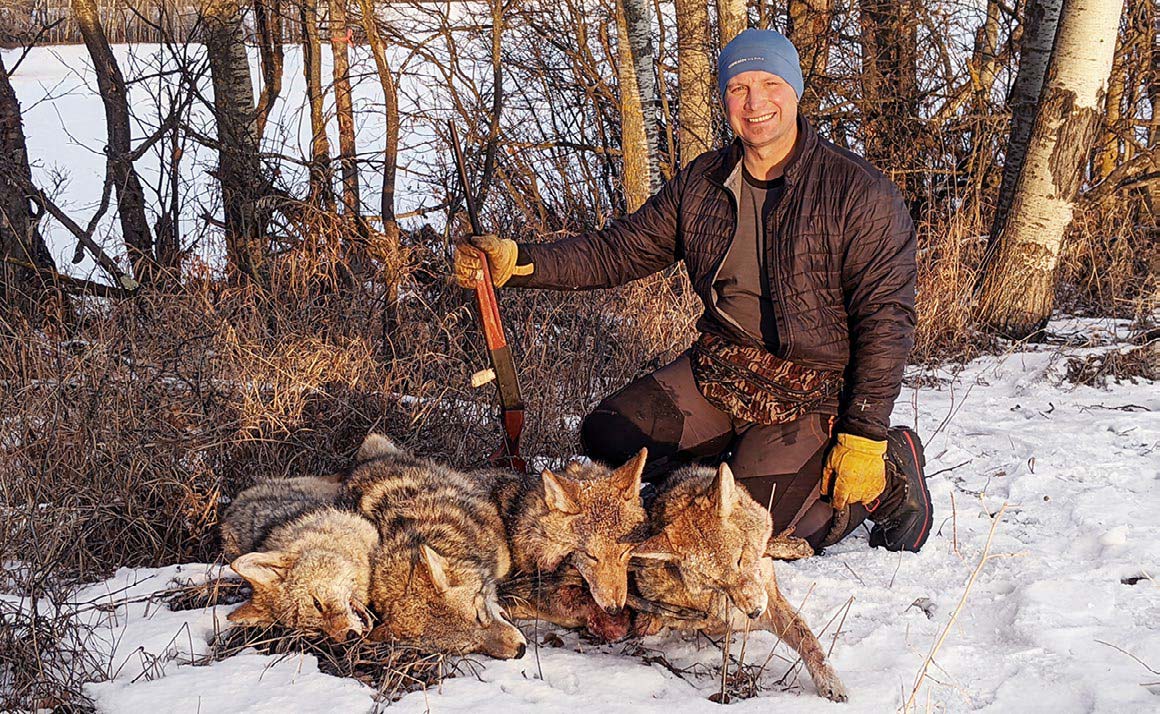
July
As the summer heats up, it’s important to ensure that your stands and blinds are well-maintained and safe to use and cleared of any new growth. Also, consider setting up mineral sites to attract deer and promote antler growth. One important factor to consider is the habitat and terrain in the area where you’ll be hunting. If you’re hunting in a new location, it’s a good idea to do some research and scout the area well before the season begins. Look for areas with thick cover, natural funnels, and food sources like acorns, fruit trees, or agricultural fields. UAV’s are excellent tools for this to get a bird’s eye view, keying in on specific patches of bush you may want to explore further on your boots.
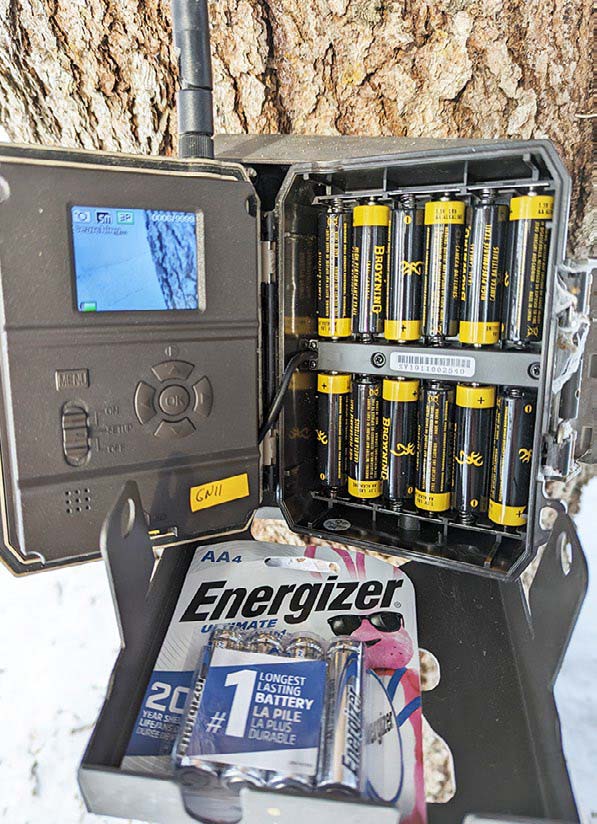
August
As the season approaches, it’s important to ensure that all of your equipment is working perfectly and as expected. Check and tune up your bow or rifle, replace any worn or damaged gear, and stock up on necessary supplies and ammunition. Wind direction is critical when hunting whitetail deer. If the wind is blowing towards the deer, they are likely to detect the hunter’s scent and avoid the area. Hunters should always consider wind direction when selecting a hunting location and plan their approach accordingly so you should know the prevailing wind directions for our local area now and have alternate routes in/out of the hunting locations. If not, it’s time to figure all that out. Later in the month is my favorite time to setup mock scrapes in areas I plan to hunt.
September
As the weather starts to cool down, it’s important to start thinking about your hunting strategy. Consider the wind direction and thermals and plan your approach to avoid spooking deer. Whitetail deer have an excellent sense of smell, and failing to use scent control can cause them to detect and avoid a hunter’s presence even from a distance. Hunters should use scent-free soaps, detergents, and clothing, and avoid smoking or using scented products during hunting season. Scent control is an important aspect of hunting whitetail deer. Store your gear in a scent-free container to keep it free from odors. Use scent-free personal care products and avoid using perfumes, colognes, or scented lotions, as these can give off an unnatural scent. Hunting season preparation includes finalizing your hunting plans, reviewing regulations, and acquiring necessary licenses and permits.
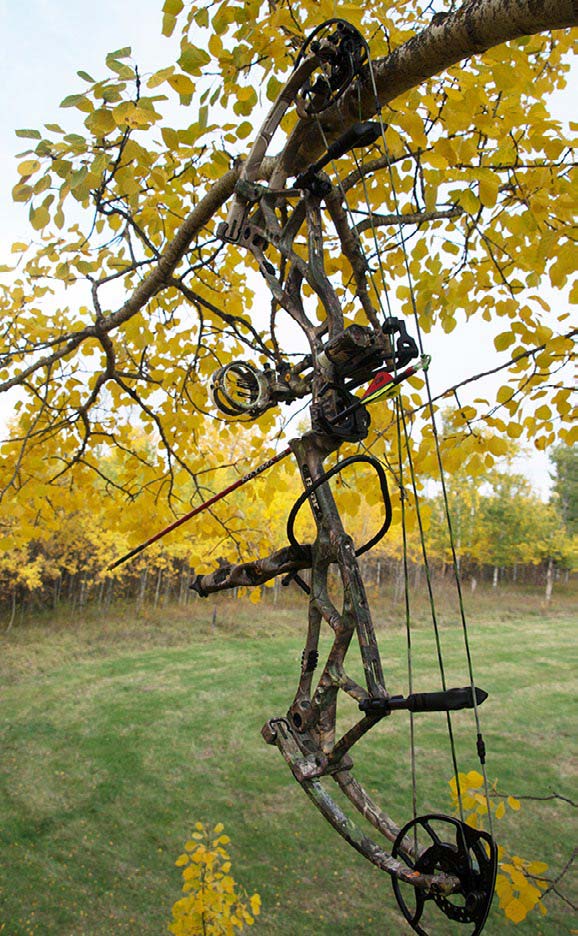
October
Many states offer archery-only hunting seasons for whitetail deer during this time. Practice your archery skills and take advantage of this early hunting opportunity. Firearms season often marks the peak of whitetail deer hunting season in many regions. Make sure you are aware of the specific regulations and participate responsibly. After a successful hunt, process the harvested deer, store the meat properly, and consider donating any surplus to local food banks or charities.
As the season begins, it’s important to stay focused and alert while hunting. Be patient and persistent and remember to follow all safety protocols and regulations. Another important factor to consider is your camouflage and scent control. Whitetail deer have exceptional senses and can easily detect human scent and movement. So, make sure you wear appropriate camouflage clothing that matches the terrain and vegetation in your hunting area, and use scent control products to minimize your scent. Hunting the same location repeatedly can cause deer to become wary and avoid the area. Hunters should have multiple hunting locations and rotate between them to avoid over-hunting any one spot. Hunt with the wind in your favor: Wind direction is critical when hunting whitetail deer. Always plan your approach so that the wind blows away from the deer, carrying your scent away from them. Use windchecking tools such as powder or smoke to determine wind direction and adjust your approach accordingly.
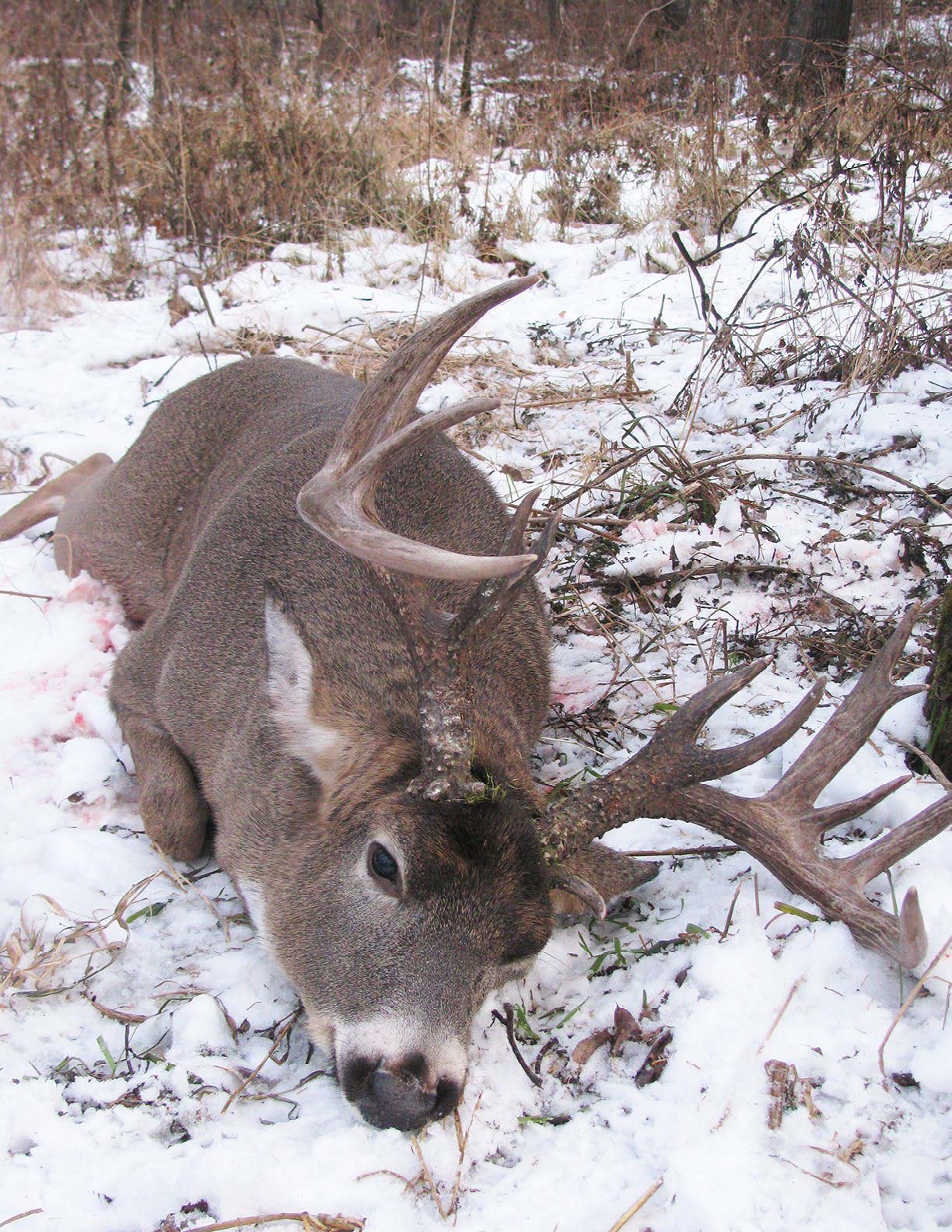
November
This is typically the peak of the rut, and a prime time to hunt mature bucks.
Make sure your tasks at work and home are completed so you can spend as much time hunting as needed, especially if you are after a specific buck. Continue to practice patience and persistence and be prepared for the unexpected. Whitetail deer are elusive animals, and it can take time and patience to get a shot opportunity. Many hunters become impatient and move around too much, which can scare deer away. Hunters should remain still and quiet and be prepared to wait for the right shot opportunity. November is all about time in the woods, the more time you spend there, the better chance you will have to kill that deer you are targeting.
December
As the season winds down, it’s a good time to reflect on your experiences and lessons learned. Review your hunting logs, evaluate your successes and failures, and start planning for the next season. Celebrate with others over the holiday season by sharing stories and telling tales of your adventures. Use as much emotion as you can to convey your obsession with hunting whitetail deer.
Per our affiliate disclosure, we may earn revenue from the products available on this page. To learn more about how we test gear, click here.



